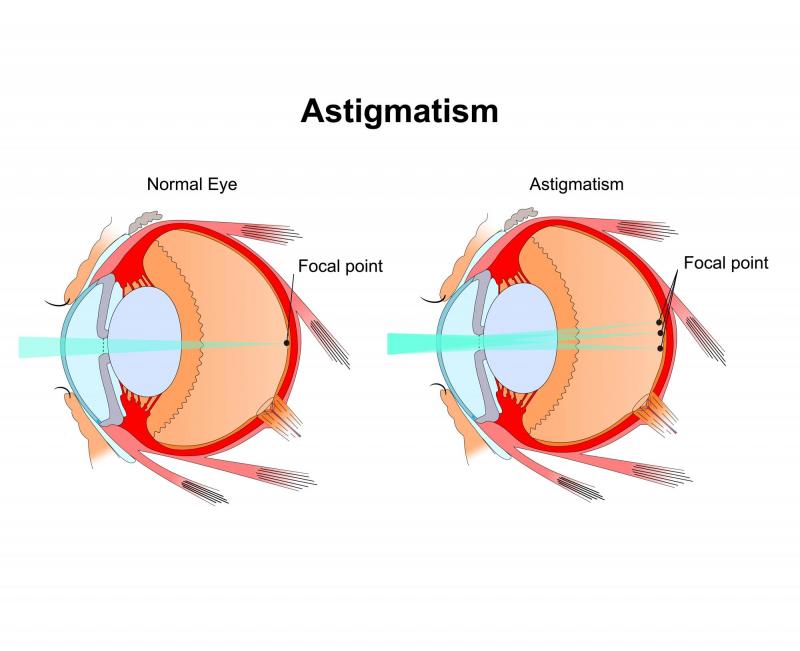Astigmatism of the eye might be the most misunderstood vision problem. Even the name is challenging to many people, who incorrectly call it “stigmatism.” In Malay, it is often referred to as “silau”.
How Does Astigmatism Effect the Eye
Like Myopia, which is nearsightedness and farsightedness, astigmatism is a refractive error. To put it simply, astigmatism effects the eyes by making your eye or eyes have problems focusing on lights. It is not an eye health problem but a simple problem with focusing on lights.
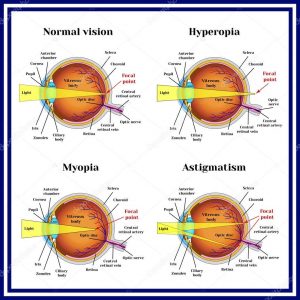
What is Refractive Error
Normally, the cornea and lens are smooth and curved equally in all directions, helping to focus light rays sharply onto the retina at the back of the eye. However, if your cornea or lens has an irregular curvature, light rays aren’t refracted properly. Thus it is referred to as a refractive error.
Types of Astigmatism
Did you know that there are more than one type of astigmatism? When the cornea has an irregular shape, it is called corneal astigmatism. When the shape of the lens is distorted, you have lenticular astigmatism.
In the eye of a person with astigmatism, light fails to come to a single focus on the retina to produce clear vision. Instead, multiple focus points occur, either in front of or behind the retina (or both). As a result of either type of astigmatism whether it be in front of or behind, your vision for both near and far objects appears as blurred vision or distorted vision.
In fact, people with astigmatism commonly have an oblong-shaped (oval-shaped) cornea shaped like a American football or rugby ball which has an oblong shape for example rather than a perfect sphere shape. A ping-pong ball is a perfect sphere shape example. If the cornea’s curve is like an oblong the light rays will focus on two points in the retina, rather than just one.
https://www.youtube.com/watch?v=X7RptqdvBWE
Definition of Astigmatism of The Eye
Astigmatism is a common eye condition that occurs when the cornea or lens of the eye is irregularly shaped, causing blurred or distorted vision. In a normal eye, the cornea and lens are curved equally in all directions, allowing light to focus clearly on the retina. However, in an eye with astigmatism, the cornea or lens is curved more steeply in one direction than in another, resulting in light being focused at two different points rather than one. This irregular curvature of the cornea or lens can cause blurry or distorted vision at all distances.
What Causes Astigmatism
Astigmatism can be caused by a variety of factors, including genetics, eye injuries, and certain medical conditions. If you have a family history of astigmatism, you are more likely to develop it. Additionally, if you have had an eye injury or surgery, you may be at risk for developing astigmatism.
Certain medical conditions, such as keratoconus, can also cause astigmatism. Other causes of astigmatism would be just having more life experiences as it may develop as you age.
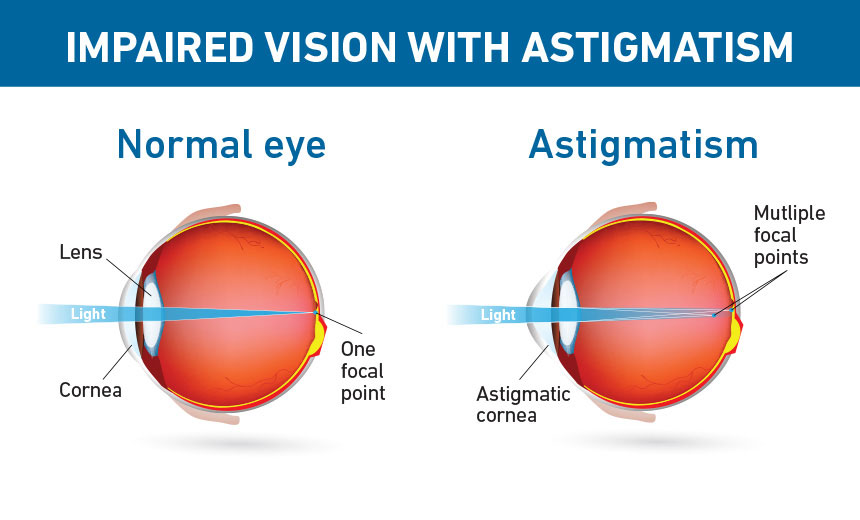
How Early Can Astigmatism Occur
Interestingly enough, people can be born with astigmatism. In fact, some people are actually born with some degree of astigmatism. With that said, astigmatism can also be present with other refractive errors such as Nearsightedness or Farsightedness.
Symptoms of Astigmatism
The symptoms of astigmatism can vary depending on the severity of the condition. Common astigmatism symptoms include blurry or distorted vision, eye strain, headaches, and difficulty seeing objects clearly at a distance or up close.
If you have astigmatism, you may experience blurry vision at all distances, or you may have trouble seeing objects clearly in one direction, such as horizontally or vertically. In some cases, astigmatism can cause eye discomfort or fatigue.
Diagnosis of Astigmatism
For Astigmatism, it can be diagnosed during a comprehensive eye exam. Your eye doctor will use a variety of tests to determine the shape of your cornea and lens, including a phoropter, keratometer, and autorefractor.
These tests will help your doctor determine the degree of astigmatism and the best course of treatment. In some cases, your doctor may also use a corneal topographer to map the surface of your cornea and determine the extent of the irregular curvature.
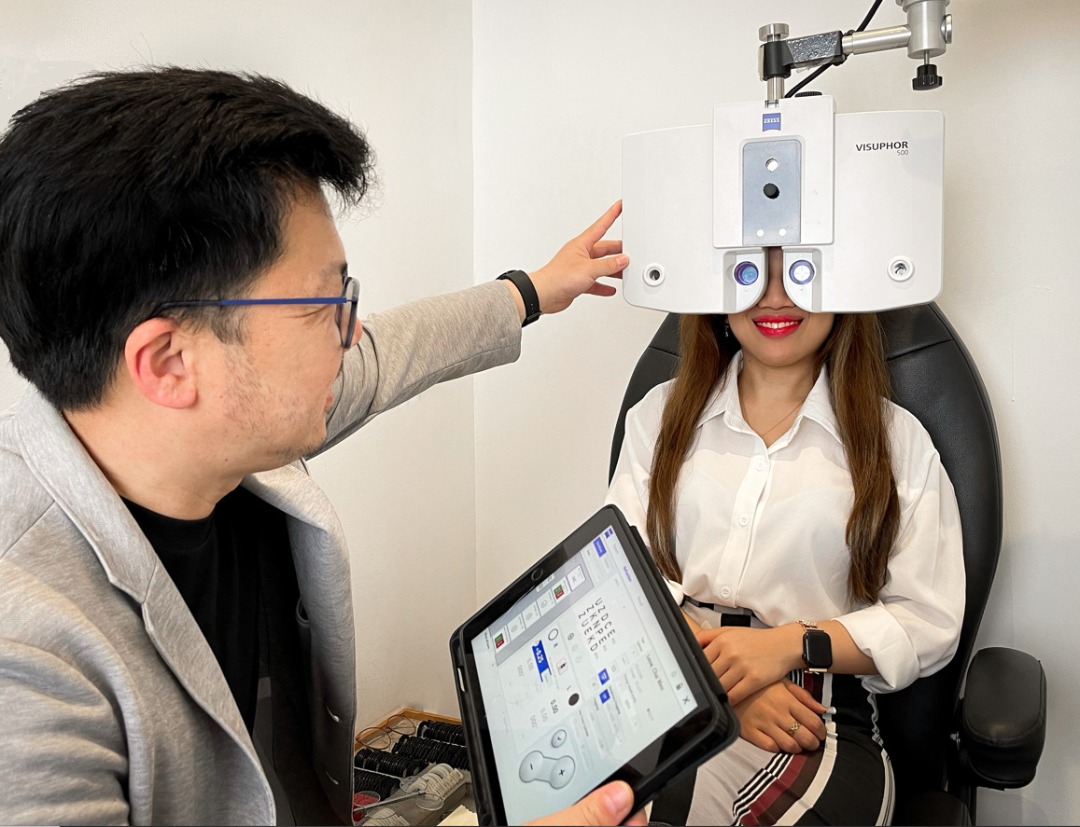
Eye Check Ups For Children
As we talk about what is astigmatism, the definitions, the symptoms and so on and so forth, an adult would seek help when they notice a shift in their eyesight due to astigmatism or other eye concerns but a child may not.
Children who have astigmatism symptoms may not be fully aware that they have this condition and as such would most likely brush it under the rug, They are unlikely to complain about blurred or distorted vision as they might not see it as a concern as much as an adult would. But do not let this be the norm as uncorrected astigmatism can seriously impact a child’s ability to achieve in school and sports.
How Would Untreated Astigmatism May Effect Children
Untreated astigmatism may impact a child’s ability to thrive in both academics and sports due to the fact that they can’t see the world clearly as others. They might not be able to focus in class due to not being able to focus on what is written on the board, not being as athletic because they might have blurred vision. A child may also not be able to focus due to headaches from untreated astigmatism. That’s why it is crucial that children have routine eye check-up to detect astigmatism or other vision problems as early as possible. Do have your eye check-up now with our best optometrist in KL.
Treatment Options for Astigmatism
Astigmatism can be corrected with simple with glasses or contacts. If you would like to be free of your glasses or contacts to correct your astigmatism, you could opt for refractive surgery. Glasses or contact lenses are designed to refract light properly, compensating for the irregular shape of the cornea or lens. Refractive surgery like LASIK can reshape the cornea to correct astigmatism.
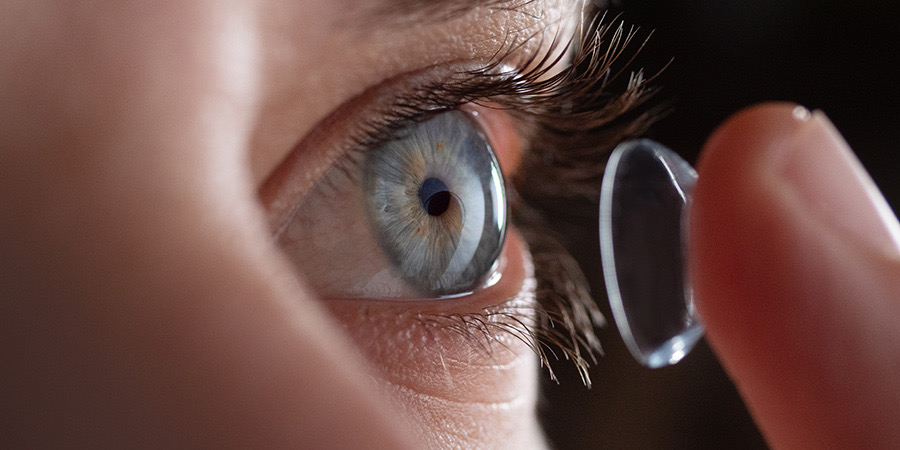
Other Treatment Plans
In some cases a combination of treatments may be needed. Orthokeratology is a procedure where rigid (hard) gas-permeable contact lenses are worn while sleeping to reshape the cornea temporarily. Another option is astigmatic keratotomy where tiny cuts are made on the steepest curves of the cornea to correct its shape. Each treatment option has its advantages and an eye care professional can help determine the best approach for you.
Look For Us
Do have your eye check-up now with our best optometrist in KL.


